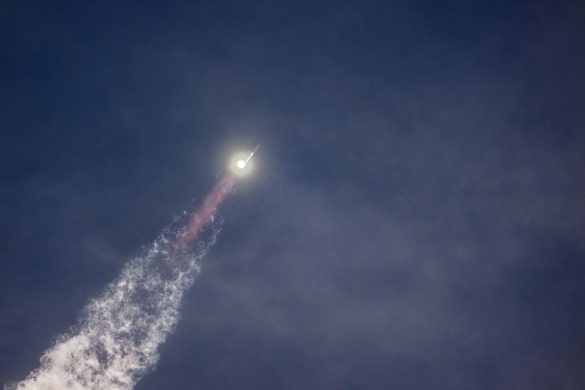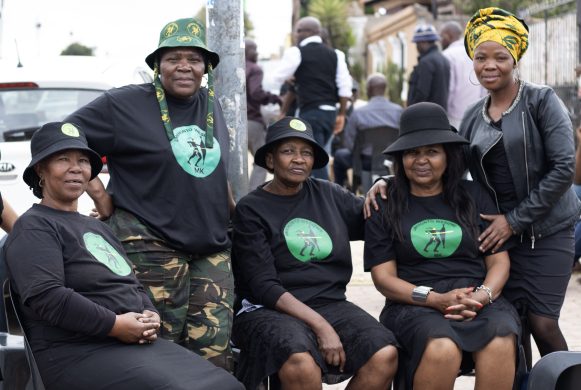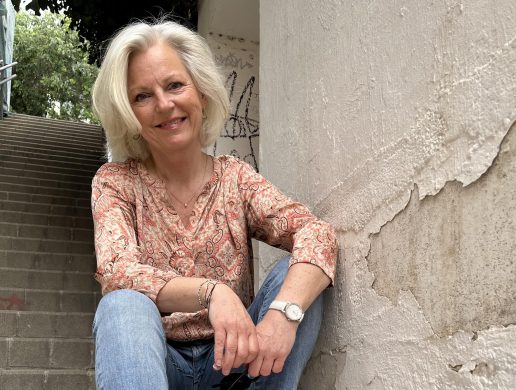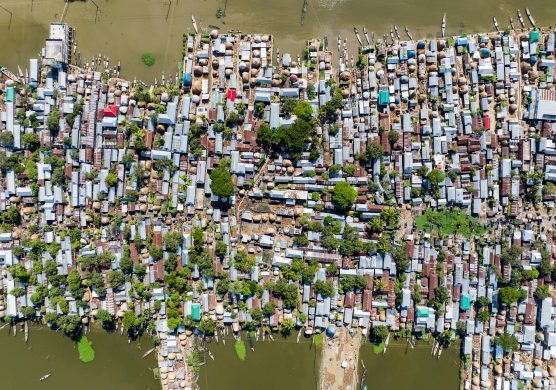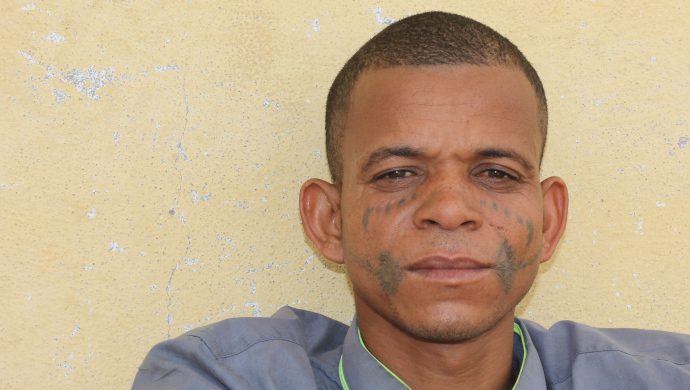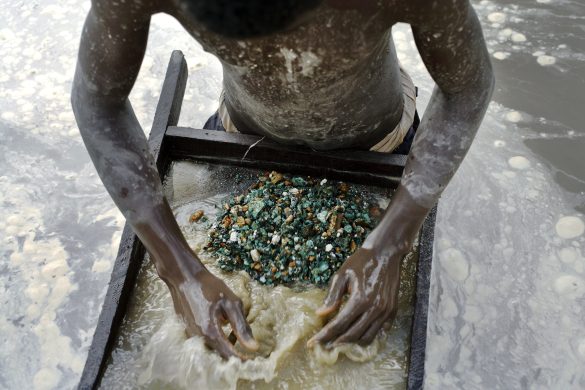Seks ud af ti mennesker i Stillehavsregionen har en mobiltelefon. Sms-funktionen bliver i stigende grad udnyttet, når der skal udsendes advarsler om storme og andre trusler fra naturens side. Men også mobilens FM-modtager bruges.
NEW YORK, 14. October 2013 (UN OCHA): In a region as disaster-prone as the Pacific Islands, finding ways to get critical information to and from communities scattered across small and remote islands is increasingly preoccupying governments and humanitarian organizations.
When Tropical Cyclone Evan struck Samoa on 13 December 2012, it caused widespread destruction on the main island, including in the capital, Apia. Without a power supply or internet connection, Filomena Nelson from the National Disaster Management Office (NDMO) turned to social media to communicate critical information to the public.
“Thankfully the mobile phone network was still working and we were able to get information out through Facebook,” said Ms Nelson. “We posted information such as cyclone updates, evacuation centre locations and damaged access roads.”
Samoans also used their mobile phones to relay reports of missing persons and damage to local areas. The lack of power meant people were unable to recharge their phones, but nonetheless, for the first 24 to 48 hours the approach was a critical means of sharing information.
Growing mobile phone usage
Like many other parts of the world, mobile phone uptake in the Pacific is growing rapidly. A deregulated market, and the resultant affordability of handsets, is driving a boom in mobile phone sales. It is estimated that more than 60 per cent of Pacific Islanders have access to a mobile phone, with this number climbing to 80 per cent in countries such as Fiji, Samoa and Vanuatu.
In Vanuatu, a country prone to cyclones, earthquakes and volcanoes, the NDMO wanted to find new ways of getting information to the public beyond sending an alert through the public radio station network. They established a short code emergency number (166) allowing people to easily receive disaster warnings and alerts simply by texting in keywords such as “INFO”.
“The government chose a text message service as mobile reception is limited in many areas of Vanuatu, with many users having only one or two bars of reception,” said Simon Donaldson from the Vanuatu NDMO. “The added benefit is that SMS limits congestion on the network, a common problem when too many people try to access emergency information at the same time.”
The government is also using SMS to connect with its network of Community Disaster Committee (CDC) members who coordinate disaster preparedness, response and assessment activities across the country.
SMS-based assessments
Following a disaster, CDCs carry out initial impact assessments to collect a range of information.
“Although the process is working well, completed assessment forms can take a long time to reach decision makers at the NDMO due to the isolation of many communities,” said Mr Donaldson.
To address this issue, the NDMO has developed an SMS impact reporting tool, where assessment data can be sent using the short code number. SMS management software then disaggregates the data and synchronizes it with Ushahidi, a free open source crisis mapping platform, which provides a visual representation of affected areas to inform response efforts.
The Vanuatu NDMO has so far had successful trials of the short-code system in workshops with community members and simulation exercises, and is planning to roll out the short code service ahead of the coming cyclone season that will start in November.
Recovery through radio
In the Solomon Islands, mobile phones are being used to extend the reach of more traditional communication mediums. Jared Berends, Operations Manager at the NGO World Vision, is working on an emergency radio project in Temotu Province, an area devastated by a 8.0-magnitude earthquake and tsunami in February 2013.
“The reason we chose to go with radio in Temotu is due to the lack of cellphone coverage,” Mr Berends explains. “But the majority of cellphones here in the Solomon Islands can receive FM signal so we are using them as receivers for our radio station which broadcasts recovery and general messages.”
One of the benefits of radio is that it overcomes the challenges posed by different literacy levels and languages. In Temotu, radio broadcasts are tailored to the affected population and include messages on sanitation, hygiene, nutrition and protection. Trained volunteers in over 20 communities also collect radio content to share the stories of affected people, and ensure broadcasts are relevant and community-driven.
Increasingly informed, connected and self-reliant communities
These initiatives come at time when aid organizations are placing increased emphasis on the use of new technology. In April, OCHA released a report – Humanitarianism in the Network Age – that describes a world of increasingly informed, connected and self-reliant communities who use communications technology to share information and organize their own responses in emergencies.
Sune Gudnitz, who heads OCHA regional officer for the Pacific, says that timely access to accurate information in a disaster should be seen as a basic human need and can be a matter of life and death.
“In the Pacific region, the use of new technologies during disasters is a growing reality and needs to be embraced,” said Mr Gudnitz. “When coordinating humanitarian response, we need to keep pace with the technology being used by the people we aim to assist, and work together to find common platforms we can use when interacting with people in crisis.”



